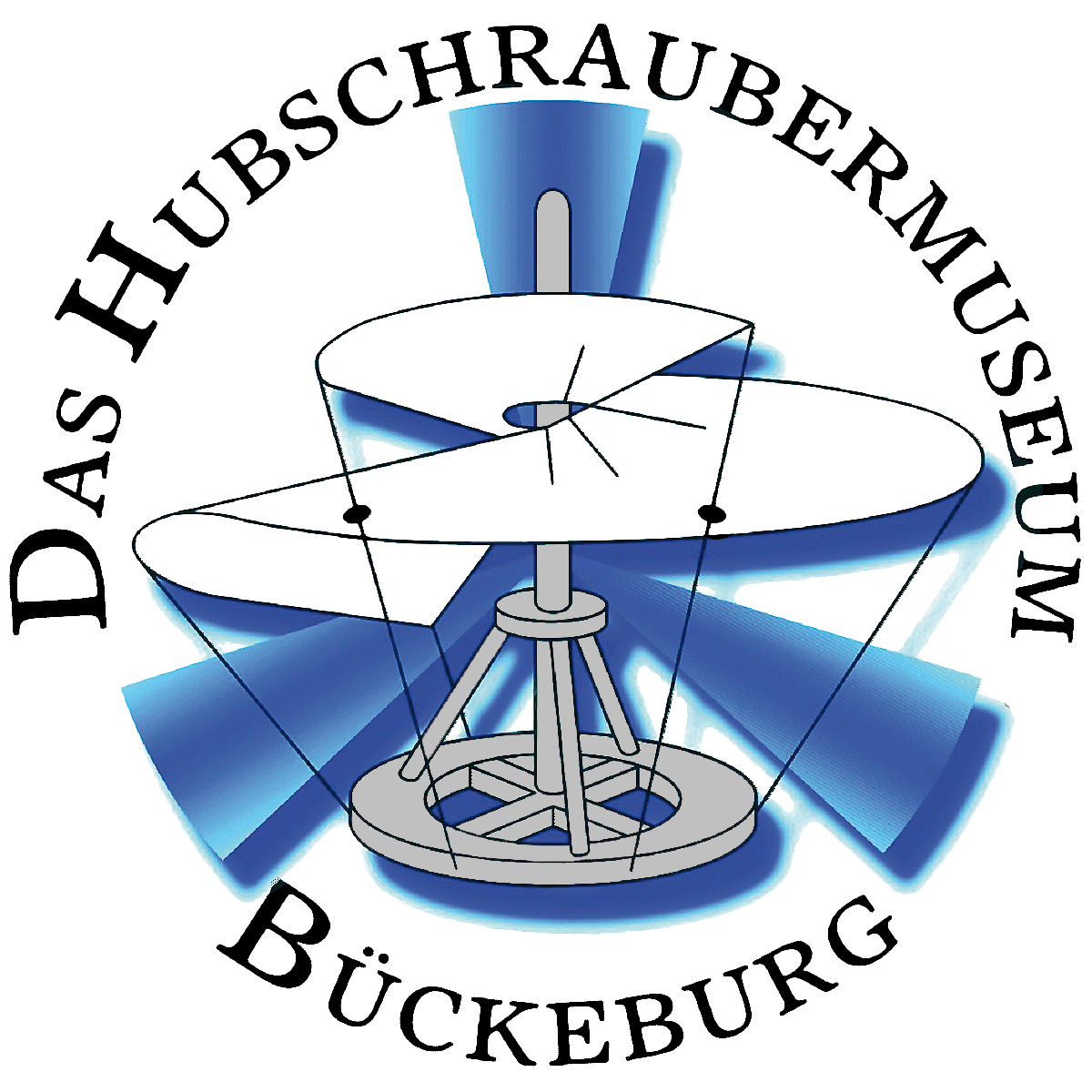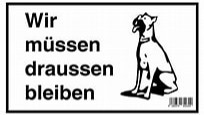Focke-Achgelis Fa 223 DRACHE-EN
Focke-Achgelis Fa 223 DRACHE
Shown here as a model in scale of 1 : 4.6 – built by Dieter Störig
Model maker Frank Wedekind has built a flyable model of the Fa 223 (Scale 1 : 5).
The maiden flight you can watch here:
The Focke-Achgelis Fa 223 Drache (“Dragon” in English) was a helicopter developed by Germany during World War II. A single 750 kilowatt (1,000 horsepower) Bramo 323 radial engine powered two three-bladed 11.9 metre (39 feet) rotors mounted on twin booms on either side of the 12.2 metre (40 ft) long cylindrical fuselage. Although the Fa 223 is noted for being the first helicopter to attain production status, production of the helicopter was hampered by Allied bombing of the factory and only 20 were built.
The Fa 223 could cruise at 175 kilometres per hour (109 mph) with a top speed of 182 km/h (113 mph), and climb to an altitude of 7,100 m (23,300 ft). The Drache could transport cargo loads of over 1,000 kg (2,200 lb) at cruising speeds of 121 km/h (75 mph) and altitudes approaching 2,440 m (8,010 ft).
In September 1939 the first prototype, the V1, left the Delmenhorst factory. Now nicknamed Drache (“Dragon”) it had a twin-rotor layout similar to the Fw 61, but had a fully enclosed cabin and load bay, with the single Bramo engine mounted in the middle of the tubular-steel body.
Initial hovering tests showed problems and the V1 was not to fly until 1940. The engine initially specified, a BMW Bramo 323D proved too fragile when run at high speed for any length of time, and was replaced with a more robust 1,000 hp Bramo 323Q3 in the later prototypes to improve reliability and lifting capability. The biggest problem, however, was the severe vibration caused by unbalanced driveshafts when the rotors moved out of phase, and this could only be fixed by greater attention to detail on the part of BMW.
Serial production of the Fa 223 began at the Focke-Achgelis factory in Delmenhorst in 1942. The site was struck in June that year by an Allied air raid and destroyed along with the two surviving prototypes and the first 7 pre-production machines undergoing final assembly.
Attempts were made to restore production but were abandoned in 1943, and a new plant was set up at Laupheim, near Ulm. The first Drache to emerge from the new factory, the V11, was flown by pilot Carl Bode for a series of information films made for the Air Ministry to demonstrate the Fa 223′s abilities. Loads which included a complete Fieseler Storch aircraft and the fuselage of a Messerschmitt Bf 109 were shown being lowered with great precision on to vehicles using the Drache’s winch and special quick-release electrical cargo hook.
In the spring of 1944, a Dornier Do 217 crashed high up on the Vehner moor in Lower Saxony, between Osnabrück and Oldenburg, and it was decided to send the V11 to recover the wreckage. Unfortunately the V11 ended up crashing nearby before it could attempt to lift the Do 217′s remains. It was then decided to attempt to recover both using the V14. Flown by Carl Bode and Luftwaffe helicopter pilot Hans-Helmut Gerstenhauer, the operation was begun on 11th May 1944. A small team of Focke-Achgelis men and a Luftwaffe recovery company had already dismantled the V11, and the V14 made 10 flights carrying loads beneath it in a cargo net and setting them down where they could be loaded on to road vehicles. All the major parts of the V11 and the Do 217 were retrieved and much useful experience was gained.
Following this, the Air Ministry decided to evaluate the helicopter’s potential as a transport in mountainous regions, and the V16 was assigned to the Mountain Warfare School at Mittenwald, near Innsbruck, with the V14 as a backup. The objective of the tests was to see how the Drache would perform as a general-purpose all-weather transport, and numerous landings were made at altitudes of over 1,600 m (5,200 ft) above sea level, plus experimental transportation of artillery guns to mountain troops. When the trials ended in October 1944, a total of 83 flights had been made, with a total flying time of 20 hours.
Only 7 machines had been constructed at Laupheim before an air raid halted production in July 1944, and wiped out the factory. At the time of the raid, the V18 prototype was ready for delivery, 13 Drachen were in assembly, and there were enough components for a further 19. Following the raid the Air Ministry decided that it was useless to pursue the project any further and following the mountain trials Focke was assigned to Messerschmitt’s staff.
Only weeks later, Focke received new orders, this time to return to the Focke-Achgelis company and to move the entire operation to Tempelhof Airport in Berlin where flight testing was to be resumed, and a production line established to produce 400 helicopters per month.
The company had managed to keep hold of 2 of the 5 surviving Drachen and managed to produce a new example at Tempelhof in February 1945. Almost immediately it was ordered on a “special order from the Führer” to fly to Danzig on 25th February. Flown by Gerstenhauer and two copilots, the Drache took off from Tempelhof the next day. It first headed northeast in the direction of Würzburg. Gerstenhauer lost his bearings in the bad weather and had to land at Crailsheim. Once the weather lessened, they set off again and landed at Würzburg to refuel, reaching Meiningen where it stopped overnight. The next day it set off northeast the next day and flew to Werder, a distance of 315 km (196 mi). On the third day the Drache continued towards Stettin-Altdamm, but the bad weather again forced them to land, this time at Prenzlau. They attempted to resume the flight the next day, but the weather remained bad and they had to stop at Stolp, west of Danzig, for the night.
By 5th March the war situation had become very bad, and Gerstenhauer decided they had to leave Stolp before the Russians arrived. They took off and flew directly to Danzig right over the advancing Soviet army, reaching Danzig only to find that the city was already falling. They landed outside the city to wait for further orders, which when they came directed them to return to Werder. They did this via a lengthy flight along the Baltic coast via Garz, not reaching Werder until 11th March. The entire flight had covered a record 1,675 km (1,041 mi) with a flight time of 16 hours 25 minutes.
In January 1945, the Air Ministry assigned the other 3 Drachen to Transportstaffel 40 (Transport Squadron No 40) at Mühldorf, Bavaria, the Luftwaffe’s only operational helicopter squadron, equipped with at least five Flettner Fl 282s as well as the Drachen. Transportstaffel 40 relocated to various sites before ending up at Ainring in Austria, where one of the Drachen was destroyed by its pilot to prevent it being captured and the other two were seized by US forces.
The US intended to ferry captured aircraft back to the USA aboard a ship, but only had room for one of the captured Drachen. The RAF objected to plans to destroy the other, the V14, so Gerstenhauer, with two observers, flew it across the English Channel from Cherbourg to RAF Beaulieu on 6th September 1945, the first crossing of the Channel by a helicopter. The V14 later made two test flights at RAF Beaulieu before being destroyed on 3rd October, when a driveshaft failed. The accident was thought to be due to a failure to correctly tension the steel cables which secured the engine, despite warnings from Gerstenhauer.
Text from Wikipedia, the free encyclopedia



